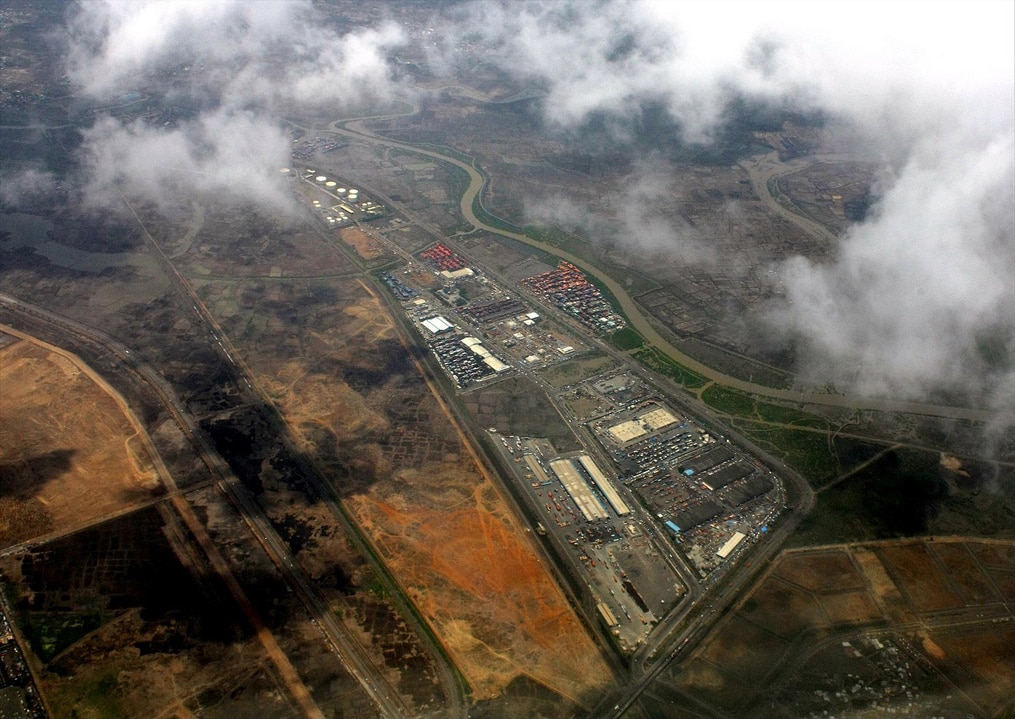
Dinesh Dhamija
Since his election as Indian Prime Minister in 2013, Narendra Modi set out a vision for his country to become a fully developed economy by 2047, the centenary of its foundation.
Could India finally cast off its colonial burdens and achieve its undoubted potential?
We are now a third of the way through the journey from Modi’s arrival until 2047 and the Indian population is about to cast its votes in a General Election.
Here’s how the main economic indicators have shifted during the first decade of his tenure:
From 2014 to 2022, India’s GDP grew by an average of 5.6 per cent in compound annual growth (CAGR) terms, compared with a CAGR of 3.8 per cent on average for 14 other large developing economies such as Brazil and Mexico.
The percentage of Indians living in extreme poverty (earning less than $2.15 per day) has fallen from 18.7 per cent in 2015 to 12 per cent in 2021, across both urban and rural populations. Economic analysts attribute this to welfare schemes and the Aadhaar digital ID system, which has helped to target payments to the needy and cut out middlemen.
Indians now make digital transactions worth Rs3,355 trillion per year, a 70 per cent increase on the Rs1,962 trillion in 2017-2018, much of it conducted via locally made smartphones, which 60 per cent of the population own. India’s digital transformation has helped it become the ‘back office to the world’, particularly centred on the cities of Bengaluru and Hyderabad.
India’s middle class – defined as households with an annual income between
$6,700 and $40,000 – has risen from 300 million in 2014 to 520 million today, while those classed as wealthy, earning above $40,000 pa, now number 90 million, up from 30 million in 2014. These changes have opened up markets for a huge diversity of consumer goods, for national and international travel, for investment and business development. They are an extremely positive sign for the future of the country.
Infrastructure development is another big success story: more than 10,000km of roads have been constructed each year since 2018 and 1.7 per cent of GDP is devoted to transport investment, compared with 0.4 per cent of GDP in 2014. Of course, not everything is perfect. India’s unemployment figures are concerning: they exceeded 10 per cent in October 2023 and are worryingly high among young people and women. Despite government encouragement, the female labour force participation rate fell between 2014 and 2022 from 25 per cent to 24 per cent, lower than Bangladesh, Sri Lanka or Pakistan.
Nevertheless, if the next 20 years see as much progress and economic growth as the past 10, there is every chance that Modi’s vision for the country will be realised.
Dinesh Dhamija founded, built and sold online travel agency ebookers, before serving as a Member of the European Parliament. His latest book, The Indian Century, will be out soon.